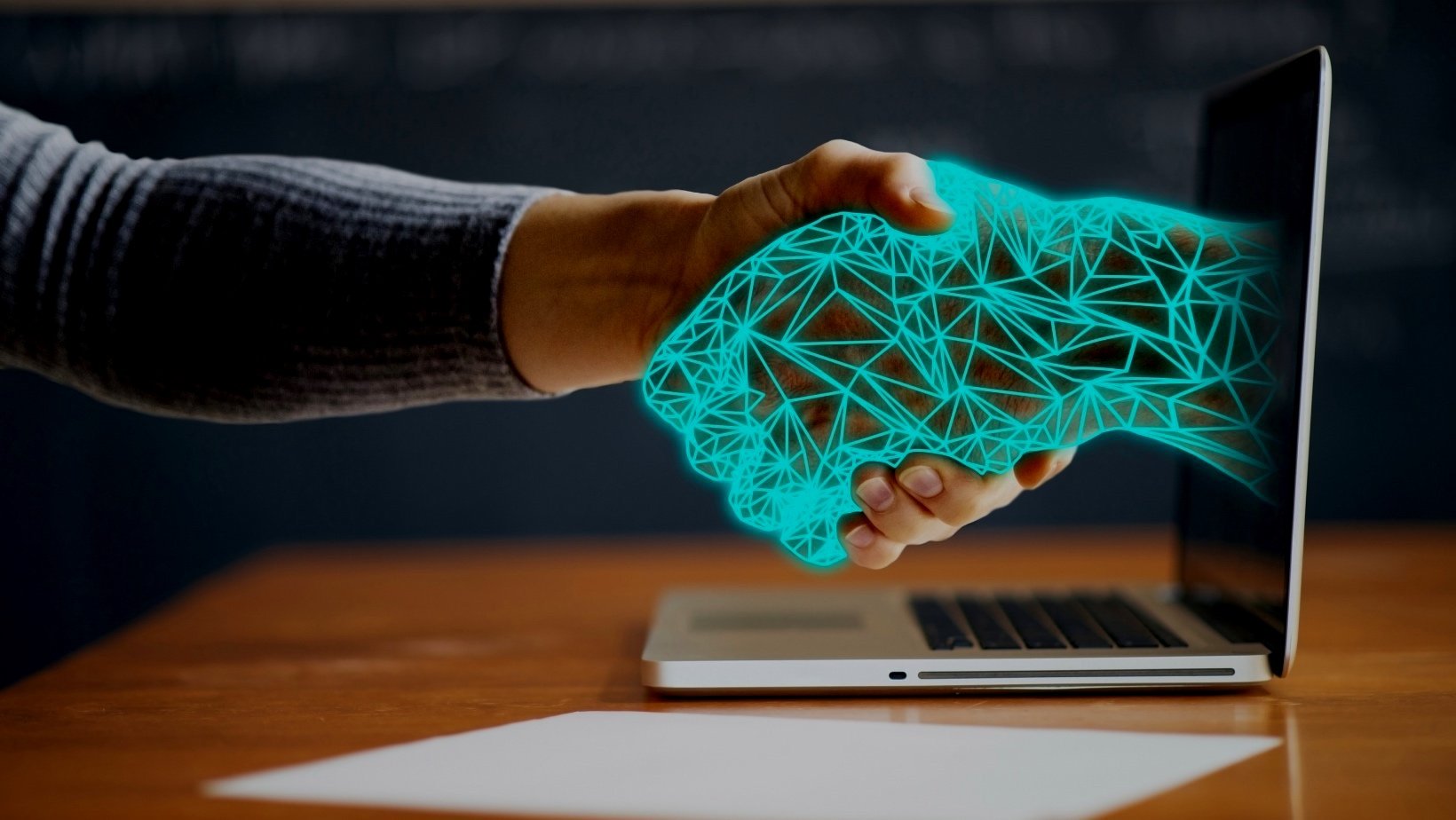Are Business Analysts just note takers for AI?
Artificial Intelligence (AI) has reshaped the landscape of business analysis, sparking debates about the evolving role of business analysts. One prevailing misconception is that business analysts merely serve as note-takers for AI systems, relegating their expertise to a passive role in the process. However, this notion couldn't be further from the truth. As a seasoned Business Analyst and Instructor, I'm here to debunk this myth and shed light on the indispensable contributions we make to the training of AI and Machine Learning (ML) models.
The Myth of Note-Taking
First, let's address the misconception head-on. The notion that business analysts are mere note-takers for AI oversimplifies the multifaceted Business Analyst role in the ML process. While it's true that AI systems rely on vast amounts of data to learn and make decisions, the journey from raw data to actionable insights is far more complex than simply taking notes. Training ML models with data requires a meticulous and iterative process of gathering, organizing, cleaning, processing, and verifying the accuracy of the data—a process in which business analysts play a pivotal role.
Gathering Data
The first step in training ML models is gathering data from various sources, both internal and external to the organization. Business analysts leverage their domain expertise to identify relevant data sources that capture the intricacies of the business problem at hand. Whether it's customer transactions, market trends, or social media interactions, we play a crucial role in curating the data needed to train AI systems effectively.
Organizing and Cleaning Data
Once the data is gathered, it must be organized and cleaned to ensure its quality and consistency. This involves tasks such as removing duplicates, handling missing values, and standardizing formats—a process that requires careful attention to detail and domain knowledge. Business analysts excel in data wrangling, transforming messy, unstructured data into a clean and structured format that is suitable for training ML models.
Processing Data
After cleaning the data, business analysts engage in data processing tasks to extract meaningful insights and features that can be used to train ML models. This may involve feature engineering, where new features are created or derived from existing ones to enhance the predictive power of the model. By leveraging our analytical skills and domain expertise, we identify key patterns and relationships in the data that are essential for training accurate and robust ML models.
Verification of Accuracy
Throughout the data preparation process, ensuring the accuracy and integrity of the data is paramount. Business analysts perform rigorous validation and verification procedures to identify and rectify any discrepancies or anomalies in the data. This involves cross-referencing data from multiple sources, conducting data audits, and validating results against ground truth or known benchmarks. By meticulously verifying the accuracy of the data, we mitigate the risk of bias and ensure that the ML models learn from reliable and representative data.
Beyond Note-Taking
April 15 - 17, 2024 (3 Days)
9:00 am (Central) until 5:00pm (Central)
Online - Live Instructor
As evidenced by the intricate data preparation process outlined above, the role of the business analyst in training ML models extends far beyond mere note-taking. We are the architects of the data ecosystem, orchestrating the flow of information from raw data to actionable insights. Our domain expertise, analytical skills, and attention to detail are indispensable assets in navigating the complexities of the ML process.
Moreover, business analysts bring a unique perspective to the table—one rooted in a deep understanding of the business context, stakeholder needs, and strategic objectives. While AI systems excel at processing data and identifying patterns, they lack the human intuition and contextual understanding that business analysts bring to the table. By marrying the computational power of AI with the nuanced expertise of business analysts, organizations can unlock new opportunities for innovation, efficiency, and growth.
Conclusion
The notion that business analysts are just note-takers for AI is a gross oversimplification of our role in the ML process. We are the architects, curators, and guardians of the data that fuels AI systems, leveraging our expertise to transform raw data into actionable insights. By embracing the synergies between human intelligence and artificial intelligence, organizations can harness the full potential of ML to drive innovation and create value in an increasingly data-driven world. So, let's dispel the myth of note-taking and celebrate the indispensable role of business analysts in shaping the future of AI and ML.
Tags #businessanalysis #ai


